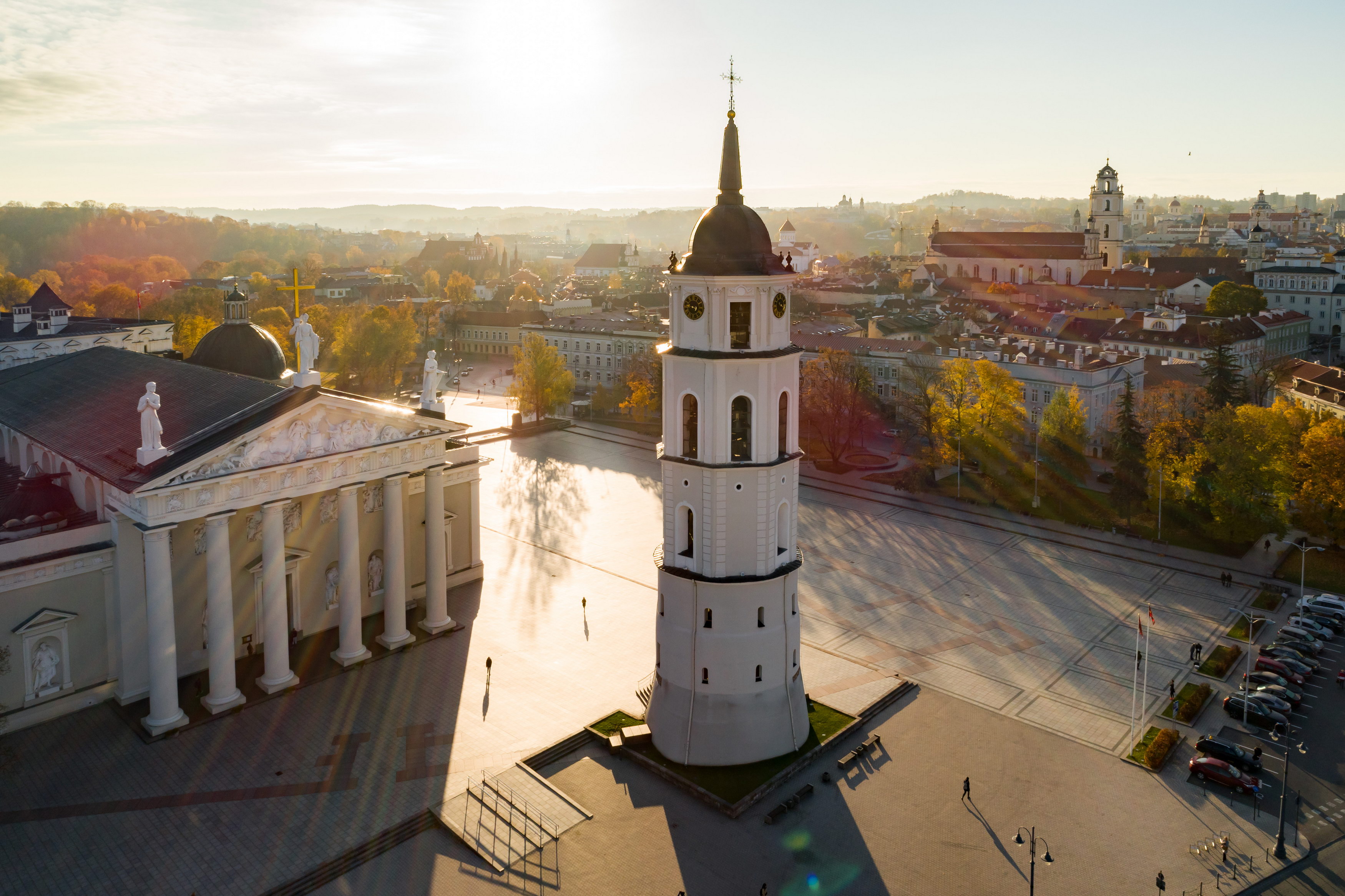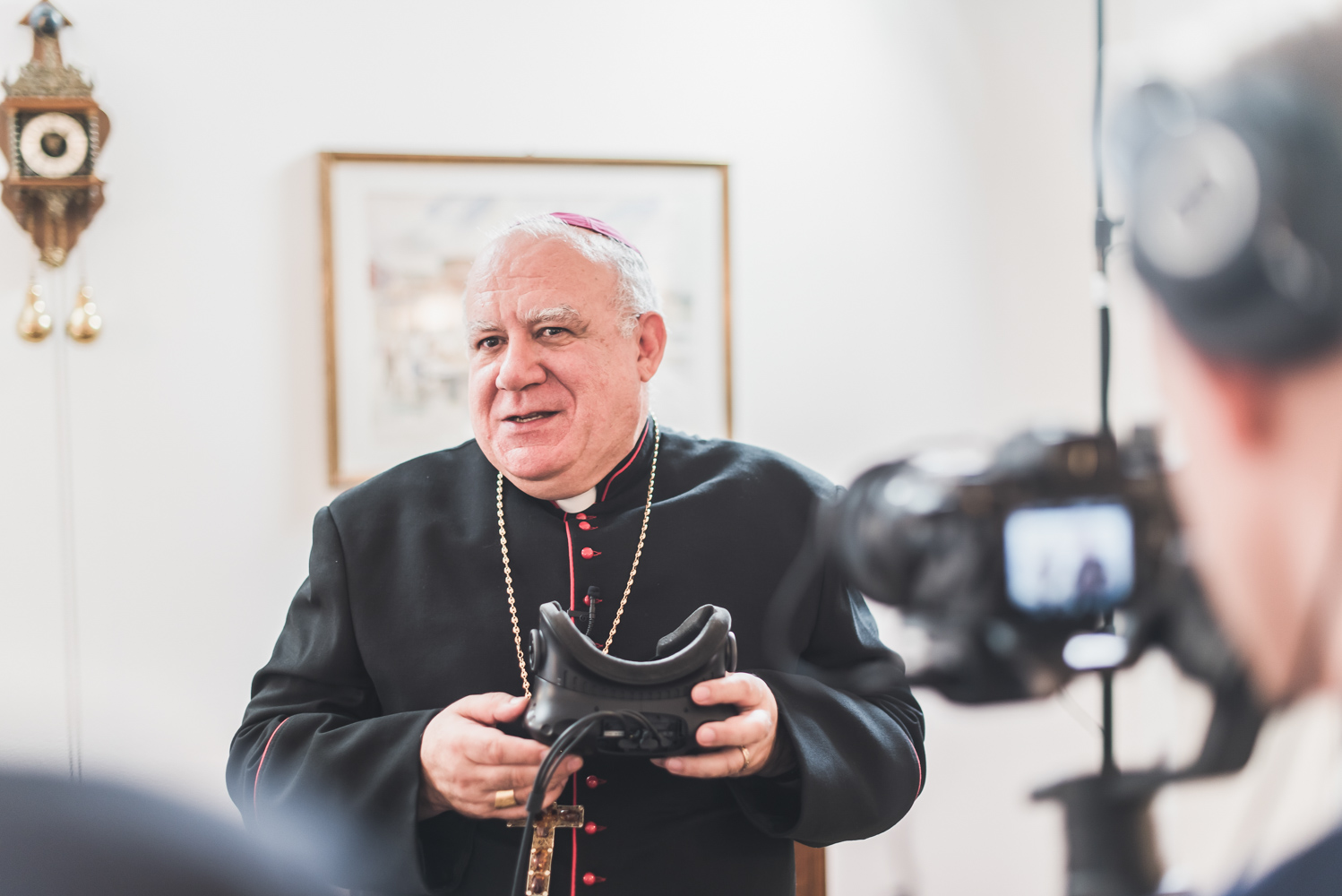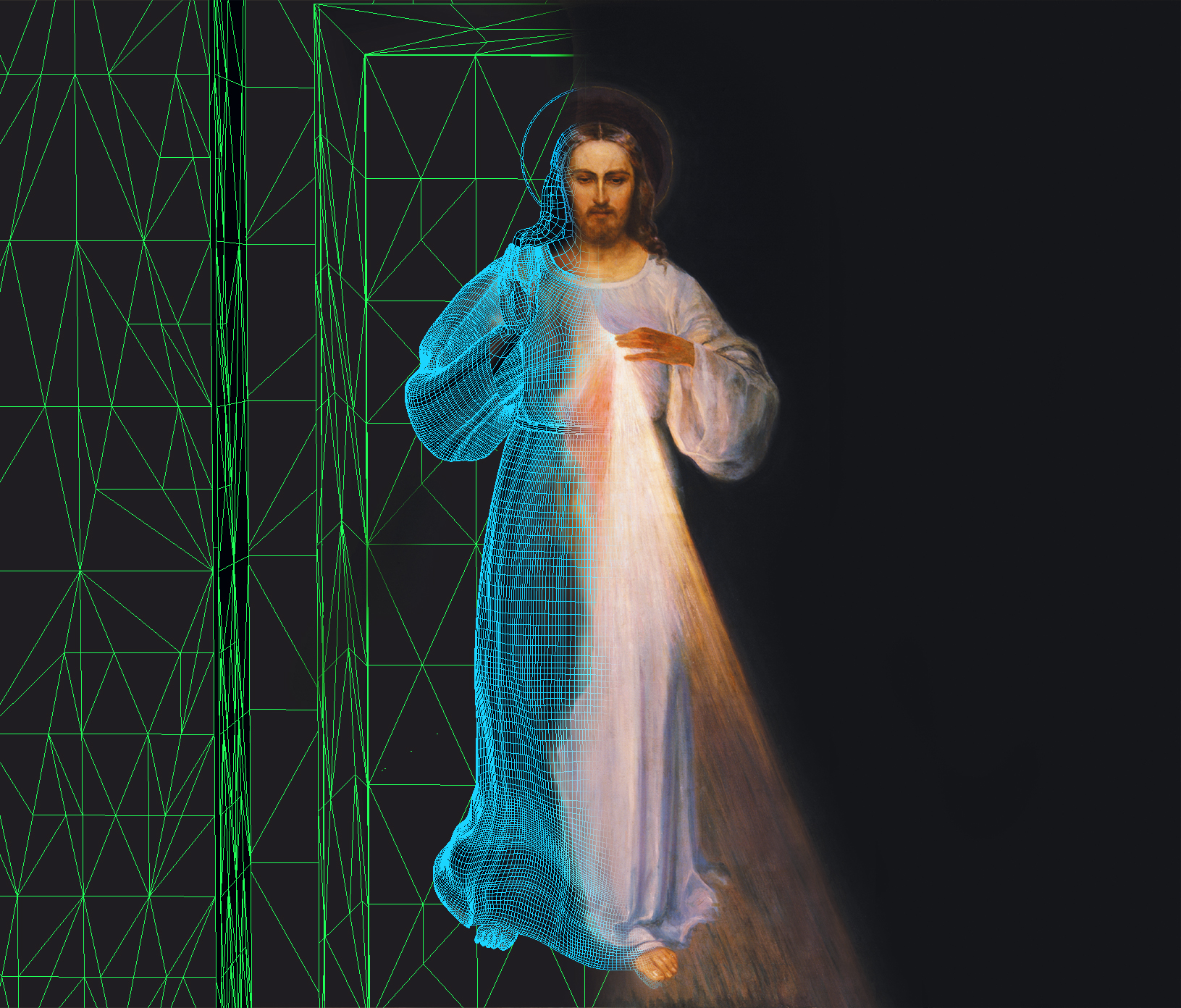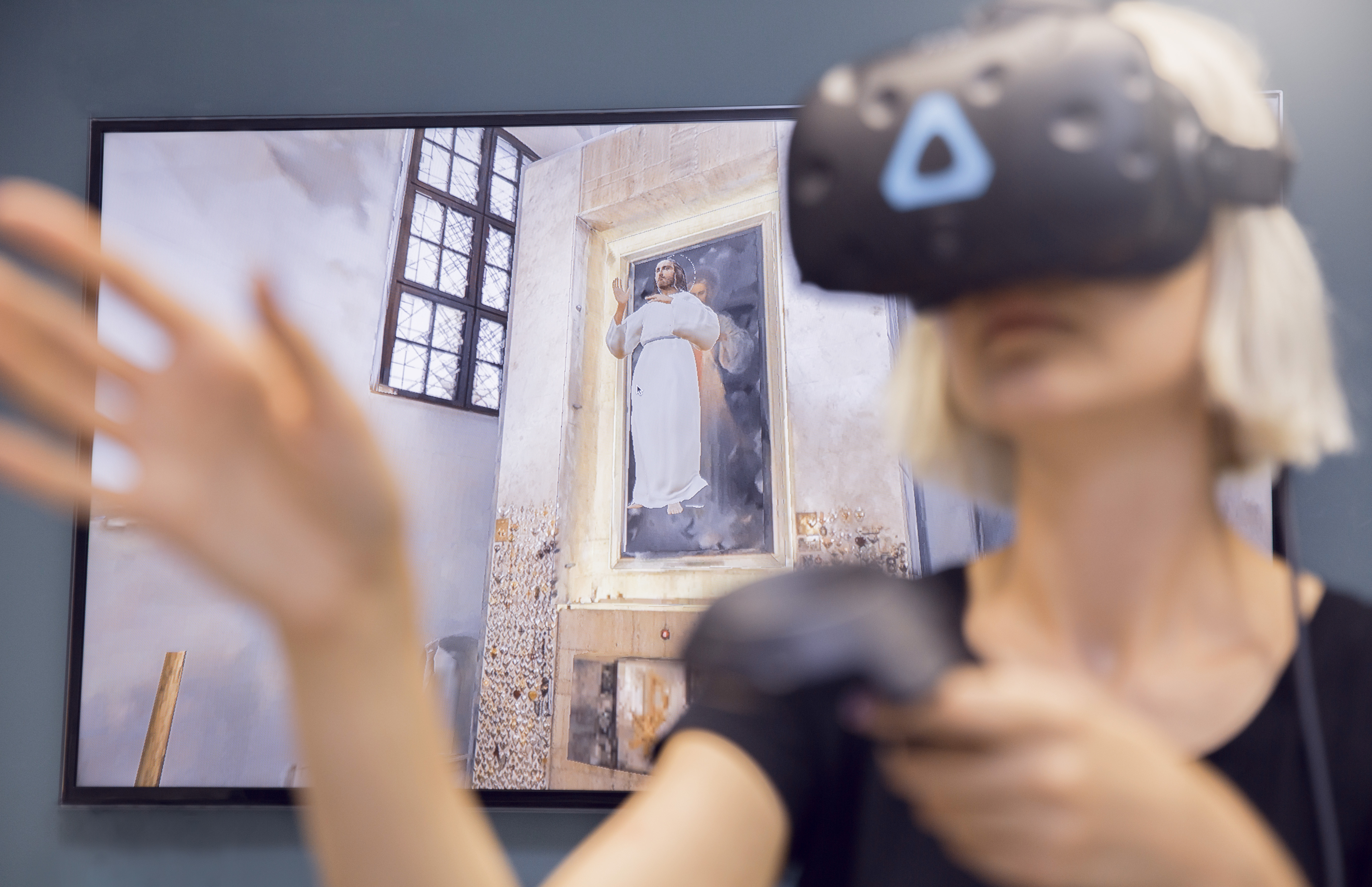Few know it, but the image of Divine Mercy that can be seen in most Catholic churches across the world today dates back to an original painting from Vilnius, Lithuania. The image was painted in 1934 and depicts Jesus Christ as witnessed by Faustina, a Polish nun living in Vilnius who is alleged to have experienced a number of apparitions of Jesus in which He also spoke to her. Faustina guided painter Eugeniusz Kazimirowski to create the image of Divine Mercy according to what she is said to have seen in the apparitions.
It is believed that through the painting, Jesus gives His blessing to all that venerate the image. Because of the powerful symbolism of trust and mercy behind it, the image became popular and spread across the world, together with the devotion of the Divine Mercy which Faustina championed.
It is believed that through the painting, Jesus gives His blessing to all that venerate the image. Because of the powerful symbolism of trust and mercy behind it, the image became popular and spread across the world, together with the devotion of the Divine Mercy which Faustina championed.

Vilnius Cathedral Basilica ©Saulius Ziura
But with the war, and the subsequent Communist rule under the Soviet Union, the original disappeared for a number of years, to return only with the fall of the Berlin Wall. Since 2004, the original painting can be finally appreciated in full splendour, having found its home in the Shrine of Divine Mercy in Vilnius, which was specially adapted for its display, and where it can be visited by anyone. Thousands of pilgrims flock to Vilnius every year and visit the shrine.
Now, the original painting and the entire Shrine that houses it are also can be viewed in a virtual reality environment. The 3D adaptation is available online, meaning millions of Catholics around the world can appreciate it. The model was created to commemorate the recent visit of Pope Francis, and employed the help of cutting-edge technology to mirror every inch of the Shrine of Divine Mercy and the image of Divine Mercy, giving anyone across the world the chance to experience the shrine and the image in 3D.
Now, the original painting and the entire Shrine that houses it are also can be viewed in a virtual reality environment. The 3D adaptation is available online, meaning millions of Catholics around the world can appreciate it. The model was created to commemorate the recent visit of Pope Francis, and employed the help of cutting-edge technology to mirror every inch of the Shrine of Divine Mercy and the image of Divine Mercy, giving anyone across the world the chance to experience the shrine and the image in 3D.
Pedro López Quintana, Apostolic Nuncio to Lithuania, and Gintaras Grušas, the Archbishop of Vilnius, were among the first to experience the project through virtual reality.
 Pedro López Quintana ©VGTU
Pedro López Quintana ©VGTULithuania, Catholicism and the ‘City of Mercy’
Lithuania has had strong affinity with the Catholic faith, the vast majority of its population identify as Roman Catholic. After Communism, religion was allowed to flourish again. The city of Vilnius, in particular, has a strong religious heritage. Vilnius attracts over a million tourists every year, of which over 30,000 are pilgrims, the number growing. Vilnius has been an important religious destination for over 400 years. The image of Divine Mercy plays a central role in this pilgrimage.
Because of Faustina and her work, Vilnius is known as the ‘City of Mercy’. Various sites of importance are connected along its ‘Way of Mercy’, which the city created to connect places related to the devotion of Divine Mercy. These include churches, shrines and other sites spread across Vilnius, such as the Chapel of The Gates of Dawn, which houses the painting of the Mother of Mercy, and the former residence of Faustina herself. The Shrine of Divine Mercy is open 24 hours and mass is held in Lithuanian, Polish and French. The Chaplet of Divine Mercy is prayed daily.
Religion and technology
Following the collapse of the Soviet Union, Lithuania found itself with new freedom but also with the challenge of modernising its economy. For many years now, the country has invested heavily in developing its economy through investment in technology, and this has been reflected not only within the economy, but also in unexpected areas such as religious expression.
 DivineMercy3D ©VGTU
DivineMercy3D ©VGTUThe 3D model of the Shrine of Mercy, which aims to bring one of the country’s most important religious objects within reach of the world, is not the first example of religion intersecting with technology in Lithuania. Various online portals exist to provide anyone in the world with the best possible digital experience and showcase the country’s religious heritage online, ‘City of Mercy’ being one example. On Christmas 2017, Lithuania gifted Pope Francis with the smallest-ever nativity scene, only observable with a microscope.The Shrine of Divine Mercy itself has an online presence offering regular live broadcasts via YouTube and rich media content.
As Vilnius’ Mayor, Remigijus Šimašius puts it: “It’s an example that shows religion and technology can co-exist, and also perfectly represents how Vilnius is moving into the future with creativity and ingenuity without forgetting about our past.”



 Loading ...
Loading ...
What do you think?
You can post as a subscriber user ...
User comments (0)